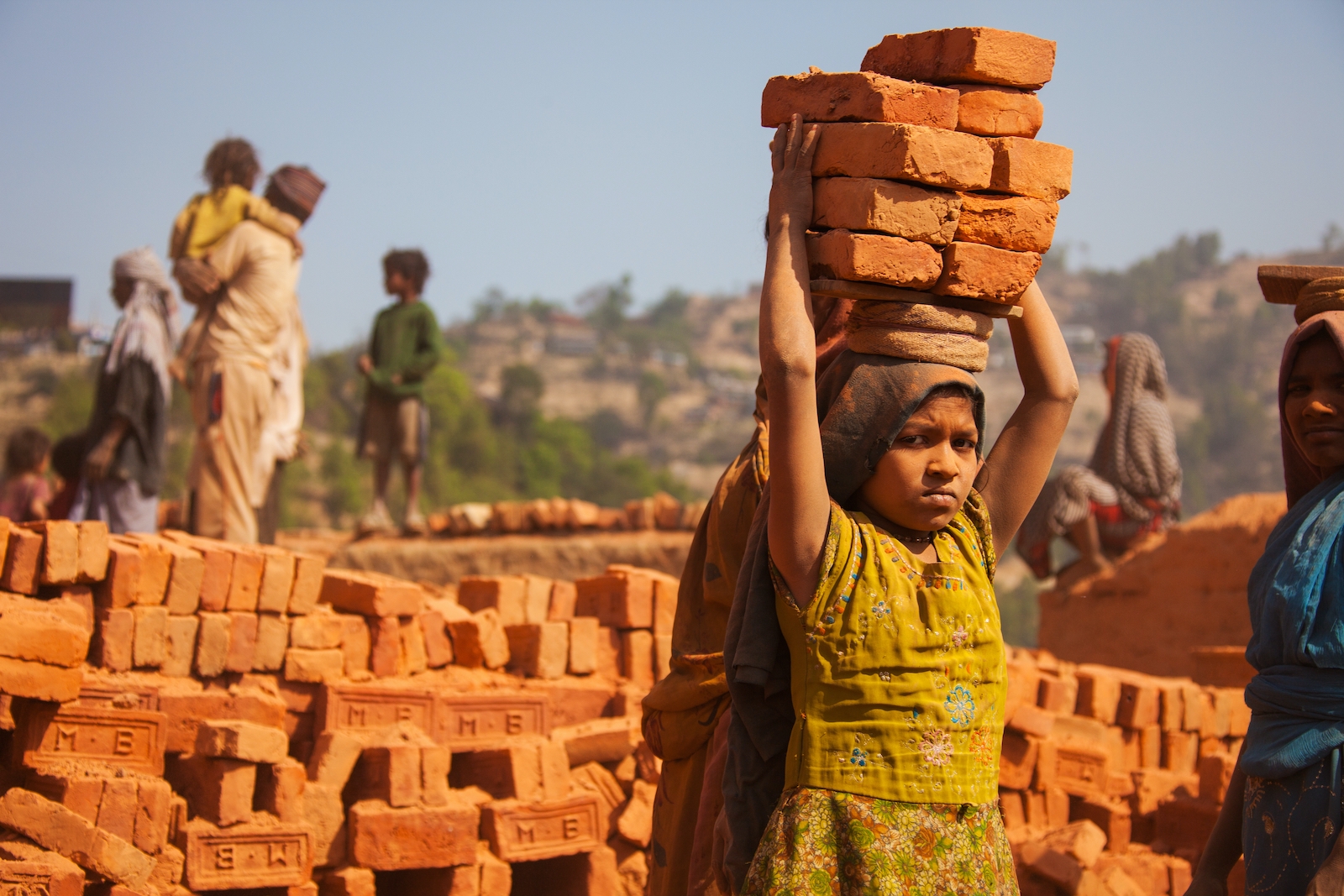
It’s Time for an International Conference to Combat Child Exploitation
In 2020, the National Center for Missing & Exploited Children received more than 21.7 million reports of child exploitation. This included instances of trafficking and exploitative imagery and videos. If the number is that high in the United States, imagine what it is worldwide.
The sexual exploitation of children is a global human rights issue. Each year, more and more children become victims. It is estimated that on an annual basis, over one billion children across the world are affected. The international community must band together to not only denounce child exploitation, but to work together to combat it.
Because countries determine their own response to child exploitation, efforts to combat it are uneven. Countries that turn a blind eye need to be held to a higher standard. Now is the time for the first-ever international conference to combat child exploitation.
An international conference on child exploitation will lead to a more robust international response. Bringing together all stakeholders – governments, child welfare organizations, law enforcement agencies, and survivor advocates – will enable countries and agencies to learn from one another. Stakeholders can learn from child welfare agencies what makes prevention successful. They can learn from law enforcement agencies what makes investigations successful. They can learn from legislators and attorneys what makes prosecution successful.
Bringing people together facilitates conversation. It allows members of the community fighting child exploitation to build relationships, improving information sharing and collaboration. Organizations will know exactly where to reach out to for assistance and advice and can liaise with their counterparts in other countries. They can approach challenges head-on, with the input of stakeholders they may not otherwise communicate with on a regular basis.
Holding an international conference also serves to bring another group into the conversation – victims and survivors. They have an incredibly important role. By bringing their lived experiences to the table, they can provide input and give inside knowledge about what policies and tools they think would be most successful in their communities.
Many of the stakeholders who are a part of these conversations may not understand or experience the lasting, detrimental effects of child exploitation first-hand. When working to combat issues at a global or federal level, it is easy to forget who exploitation really affects. Provoking dialogue with survivors reminds policymakers that each victim of child exploitation is a human being.
The most difficult barrier to an international conference is getting people and governments to show up. But the stakes are too high not to. In the United States, a country that takes sexual exploitation very seriously, 1 in 9 girls and 1 in 53 boys is a victim. Every victim is someone’s child, someone’s sibling, someone’s friend. In 2021, it is unacceptable to not make ending child exploitation a global priority.
We have an obligation to ensure that children can be children. We have an obligation to show children that they matter. We have an obligation to support children who are victims. No child should ever feel that they don’t matter and that the abuse they’ve suffered doesn’t matter. It’s clear that the fight to end child exploitation is never over. But by working together, as an international community, we can make more progress toward a better future for all children.
